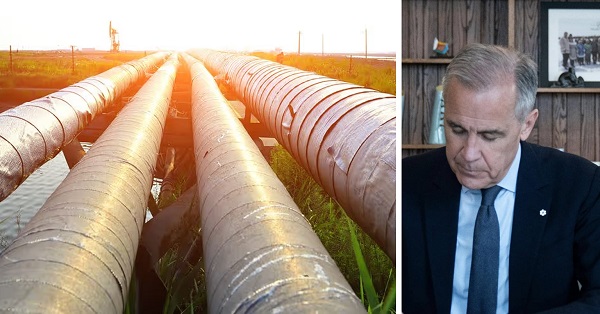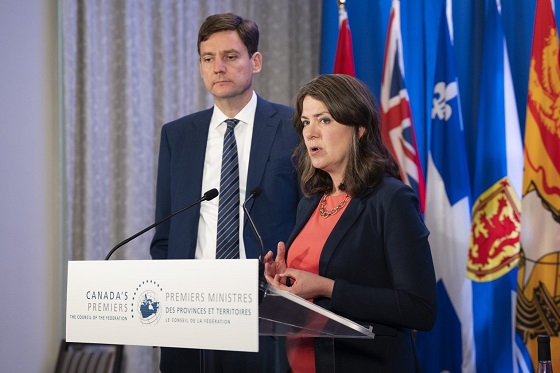Brownstone Institute
Australian Government to Ban Social Media for Kids
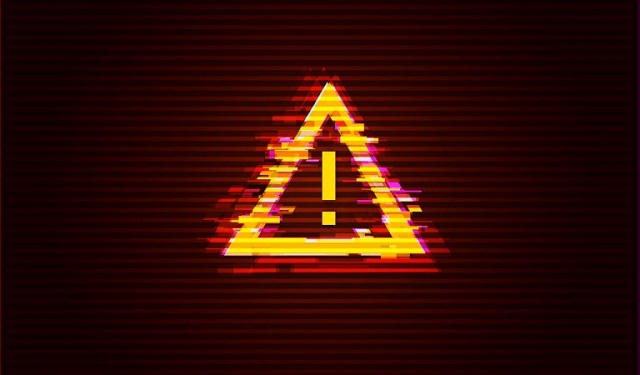
From the Brownstone Institute
By
The Australian Government is set to impose social media age limits, amid increasing concern over the effect of social media on youth mental health, Prime Minister Anthony Albanese announced today.
Legislation is to be introduced later this year, and is expected to gain bipartisan support after the leader of the Opposition, Peter Dutton, called to ban social media for under 16s earlier this year.
“We know social media is causing social harm, and it is taking kids away from real friends and real experiences,” said Albanese in a statement today, which also happens to be World Suicide Prevention Day.
“The safety and mental and physical health of our young people is paramount.”
“We’re supporting parents and keeping kids safe by taking this action, because enough is enough.”
The federal commitment to legislate social media age limits follows similar announcements from the Victorian and South Australian governments, both of which want to ban social media for kids under the age of 14.
The new legislation will build on a report by former High Court Chief Justice, Robert French, released on Sunday. The report, commissioned by the South Australian (SA) Government, includes draft legislation banning children under 14 from social media outright, and requiring companies to gain parental consent for 14 and 15-year-olds to use their platforms.
Recent polling shows strong public support for an age-based social media ban, with 61% of respondents agreeing that the government should restrict the use of social media platforms for Australians younger than 17. Unsurprisingly, support was lower among younger Australians. Only 54% of respondents aged 18 to 24 agreed with the ban.

The potential harms of social media for kids have come to prominence in the past decade, particularly with the ubiquity of the smartphone.
Author and psychologist Jonathan Haidt has said social media is “more addictive than heroin,” causing the “great rewiring” of childhood. He is one of many researchers who suggest that the increased uptake of social media and smartphones has created an “international epidemic” of depression, anxiety, and suicide among young people.
Research by Australia’s online safety regulator, eSafety, found that 75% of 16 to 18-year-olds had seen online pornography – of those, nearly one-third saw it before the age of 13, and nearly half saw it between the ages of 13 and 15.
In other research, eSafety found that almost two-thirds of 14-17-year-olds have viewed potentially harmful content in the past year, such as content relating to drug taking, suicide, or self-harm, or gory or violent material.
There are also concerns about children being preyed upon online. Sonya Ryan OAM, the founder and chief executive of the Carly Ryan Foundation, has experienced this personally. Her daughter Carly, was killed in 2007 at the age of 15 by a predator she met online.
Ryan has voiced her support for new laws to protect kids, stating, “In my opinion the only way forward is to create appropriate legislation to protect our children from these harms and regulate big tech companies to include mandatory age verification across all platforms.”
Others are worried that banning children’s access to social media will cause unintended harms.
“Social media is one of the only public spaces where children can communicate directly with their friends – often maintaining connections with distant friends and loved ones that would otherwise be impossible,” said information and technology expert Dr Dana McKay of RMIT University.
Instead of banning kids from social media, the focus should be on making social media safer, said Dr McKay.
“Many of the problems can already be addressed by minimising advertising and detecting and addressing harmful interactions through behavioural analytics, for example,” she said.
Details on how the new age assurance laws and technology will work are hazy until legislation is tabled later this year, but the concept has already been in development for some time.
The Federal Government has invested $6.5 million in a trial of age assurance technology which will be used to enforce the social media age limit, with the technology aspect of the trial currently out to tender.
At the same time, Australia’s online safety regulator, eSafety has given digital industry associations until the end of this year to propose improved industry codes that will be enforceable by eSafety to limit children’s access to inappropriate content online, including pornography and self-harm content.
Both of these initiatives are tied in with Age Verification Roadmap, which in turn is tied in with Australia’s recently legislated Digital ID framework, to which the government has allotted $288.1 million over the next four years.
Republished from the author’s Substack
Brownstone Institute
Bizarre Decisions about Nicotine Pouches Lead to the Wrong Products on Shelves

From the Brownstone Institute
A walk through a dozen convenience stores in Montgomery County, Pennsylvania, says a lot about how US nicotine policy actually works. Only about one in eight nicotine-pouch products for sale is legal. The rest are unauthorized—but they’re not all the same. Some are brightly branded, with uncertain ingredients, not approved by any Western regulator, and clearly aimed at impulse buyers. Others—like Sweden’s NOAT—are the opposite: muted, well-made, adult-oriented, and already approved for sale in Europe.
Yet in the United States, NOAT has been told to stop selling. In September 2025, the Food and Drug Administration (FDA) issued the company a warning letter for offering nicotine pouches without marketing authorization. That might make sense if the products were dangerous, but they appear to be among the safest on the market: mild flavors, low nicotine levels, and recyclable paper packaging. In Europe, regulators consider them acceptable. In America, they’re banned. The decision looks, at best, strange—and possibly arbitrary.
What the Market Shows
My October 2025 audit was straightforward. I visited twelve stores and recorded every distinct pouch product visible for sale at the counter. If the item matched one of the twenty ZYN products that the FDA authorized in January, it was counted as legal. Everything else was counted as illegal.
Two of the stores told me they had recently received FDA letters and had already removed most illegal stock. The other ten stores were still dominated by unauthorized products—more than 93 percent of what was on display. Across all twelve locations, about 12 percent of products were legal ZYN, and about 88 percent were not.
The illegal share wasn’t uniform. Many of the unauthorized products were clearly high-nicotine imports with flashy names like Loop, Velo, and Zimo. These products may be fine, but some are probably high in contaminants, and a few often with very high nicotine levels. Others were subdued, plainly meant for adult users. NOAT was a good example of that second group: simple packaging, oat-based filler, restrained flavoring, and branding that makes no effort to look “cool.” It’s the kind of product any regulator serious about harm reduction would welcome.
Enforcement Works
To the FDA’s credit, enforcement does make a difference. The two stores that received official letters quickly pulled their illegal stock. That mirrors the agency’s broader efforts this year: new import alerts to detain unauthorized tobacco products at the border (see also Import Alert 98-06), and hundreds of warning letters to retailers, importers, and distributors.
But effective enforcement can’t solve a supply problem. The list of legal nicotine-pouch products is still extremely short—only a narrow range of ZYN items. Adults who want more variety, or stores that want to meet that demand, inevitably turn to gray-market suppliers. The more limited the legal catalog, the more the illegal market thrives.
Why the NOAT Decision Appears Bizarre
The FDA’s own actions make the situation hard to explain. In January 2025, it authorized twenty ZYN products after finding that they contained far fewer harmful chemicals than cigarettes and could help adult smokers switch. That was progress. But nine months later, the FDA has approved nothing else—while sending a warning letter to NOAT, arguably the least youth-oriented pouch line in the world.
The outcome is bad for legal sellers and public health. ZYN is legal; a handful of clearly risky, high-nicotine imports continue to circulate; and a mild, adult-market brand that meets European safety and labeling rules is banned. Officially, NOAT’s problem is procedural—it lacks a marketing order. But in practical terms, the FDA is punishing the very design choices it claims to value: simplicity, low appeal to minors, and clean ingredients.
This approach also ignores the differences in actual risk. Studies consistently show that nicotine pouches have far fewer toxins than cigarettes and far less variability than many vapes. The biggest pouch concerns are uneven nicotine levels and occasional traces of tobacco-specific nitrosamines, depending on manufacturing quality. The serious contamination issues—heavy metals and inconsistent dosage—belong mostly to disposable vapes, particularly the flood of unregulated imports from China. Treating all “unauthorized” products as equally bad blurs those distinctions and undermines proportional enforcement.
A Better Balance: Enforce Upstream, Widen the Legal Path
My small Montgomery County survey suggests a simple formula for improvement.
First, keep enforcement targeted and focused on suppliers, not just clerks. Warning letters clearly change behavior at the store level, but the biggest impact will come from auditing distributors and importers, and stopping bad shipments before they reach retail shelves.
Second, make compliance easy. A single-page list of authorized nicotine-pouch products—currently the twenty approved ZYN items—should be posted in every store and attached to distributor invoices. Point-of-sale systems can block barcodes for anything not on the list, and retailers could affirm, once a year, that they stock only approved items.
Third, widen the legal lane. The FDA launched a pilot program in September 2025 to speed review of new pouch applications. That program should spell out exactly what evidence is needed—chemical data, toxicology, nicotine release rates, and behavioral studies—and make timely decisions. If products like NOAT meet those standards, they should be authorized quickly. Legal competition among adult-oriented brands will crowd out the sketchy imports far faster than enforcement alone.
The Bottom Line
Enforcement matters, and the data show it works—where it happens. But the legal market is too narrow to protect consumers or encourage innovation. The current regime leaves a few ZYN products as lonely legal islands in a sea of gray-market pouches that range from sensible to reckless.
The FDA’s treatment of NOAT stands out as a case study in inconsistency: a quiet, adult-focused brand approved in Europe yet effectively banned in the US, while flashier and riskier options continue to slip through. That’s not a public-health victory; it’s a missed opportunity.
If the goal is to help adult smokers move to lower-risk products while keeping youth use low, the path forward is clear: enforce smartly, make compliance easy, and give good products a fair shot. Right now, we’re doing the first part well—but failing at the second and third. It’s time to fix that.
Addictions
The War on Commonsense Nicotine Regulation
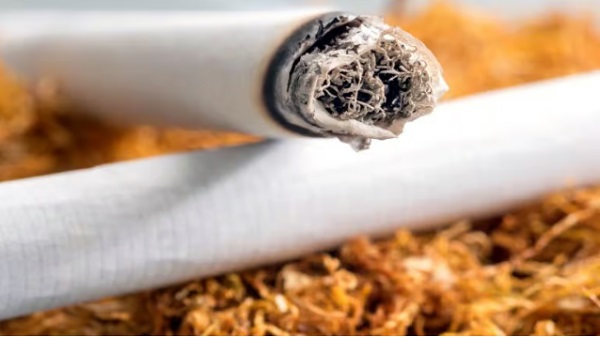
From the Brownstone Institute
Cigarettes kill nearly half a million Americans each year. Everyone knows it, including the Food and Drug Administration. Yet while the most lethal nicotine product remains on sale in every gas station, the FDA continues to block or delay far safer alternatives.
Nicotine pouches—small, smokeless packets tucked under the lip—deliver nicotine without burning tobacco. They eliminate the tar, carbon monoxide, and carcinogens that make cigarettes so deadly. The logic of harm reduction couldn’t be clearer: if smokers can get nicotine without smoke, millions of lives could be saved.
Sweden has already proven the point. Through widespread use of snus and nicotine pouches, the country has cut daily smoking to about 5 percent, the lowest rate in Europe. Lung-cancer deaths are less than half the continental average. This “Swedish Experience” shows that when adults are given safer options, they switch voluntarily—no prohibition required.
In the United States, however, the FDA’s tobacco division has turned this logic on its head. Since Congress gave it sweeping authority in 2009, the agency has demanded that every new product undergo a Premarket Tobacco Product Application, or PMTA, proving it is “appropriate for the protection of public health.” That sounds reasonable until you see how the process works.
Manufacturers must spend millions on speculative modeling about how their products might affect every segment of society—smokers, nonsmokers, youth, and future generations—before they can even reach the market. Unsurprisingly, almost all PMTAs have been denied or shelved. Reduced-risk products sit in limbo while Marlboros and Newports remain untouched.
Only this January did the agency relent slightly, authorizing 20 ZYN nicotine-pouch products made by Swedish Match, now owned by Philip Morris. The FDA admitted the obvious: “The data show that these specific products are appropriate for the protection of public health.” The toxic-chemical levels were far lower than in cigarettes, and adult smokers were more likely to switch than teens were to start.
The decision should have been a turning point. Instead, it exposed the double standard. Other pouch makers—especially smaller firms from Sweden and the US, such as NOAT—remain locked out of the legal market even when their products meet the same technical standards.
The FDA’s inaction has created a black market dominated by unregulated imports, many from China. According to my own research, roughly 85 percent of pouches now sold in convenience stores are technically illegal.
The agency claims that this heavy-handed approach protects kids. But youth pouch use in the US remains very low—about 1.5 percent of high-school students according to the latest National Youth Tobacco Survey—while nearly 30 million American adults still smoke. Denying safer products to millions of addicted adults because a tiny fraction of teens might experiment is the opposite of public-health logic.
There’s a better path. The FDA should base its decisions on science, not fear. If a product dramatically reduces exposure to harmful chemicals, meets strict packaging and marketing standards, and enforces Tobacco 21 age verification, it should be allowed on the market. Population-level effects can be monitored afterward through real-world data on switching and youth use. That’s how drug and vaccine regulation already works.
Sweden’s evidence shows the results of a pragmatic approach: a near-smoke-free society achieved through consumer choice, not coercion. The FDA’s own approval of ZYN proves that such products can meet its legal standard for protecting public health. The next step is consistency—apply the same rules to everyone.
Combustion, not nicotine, is the killer. Until the FDA acts on that simple truth, it will keep protecting the cigarette industry it was supposed to regulate.
-

 Daily Caller2 days ago
Daily Caller2 days ago‘No Critical Thinking’: Parents Sound Alarm As Tech Begins To ‘Replace The Teacher’
-
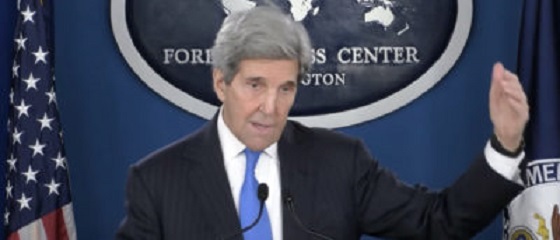
 Daily Caller1 day ago
Daily Caller1 day agoJohn Kerry Lurches Back Onto Global Stage For One Final Gasp
-

 Alberta2 days ago
Alberta2 days agoAlberta can’t fix its deficits with oil money: Lennie Kaplan
-
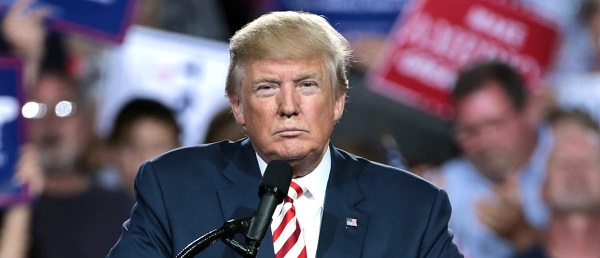
 International2 days ago
International2 days agoTrump vows to pause migration after D.C. shooting
-

 National15 hours ago
National15 hours agoEco-radical Canadian Cabinet minister resigns after oil deal approved
-

 Food5 hours ago
Food5 hours agoCanada Still Serves Up Food Dyes The FDA Has Banned
-

 Business2 days ago
Business2 days agoCanadians love Nordic-style social programs as long as someone else pays for them
-

 Bruce Dowbiggin2 days ago
Bruce Dowbiggin2 days agoHealthcare And Pipelines Are The Front Lines of Canada’s Struggle To Stay United








